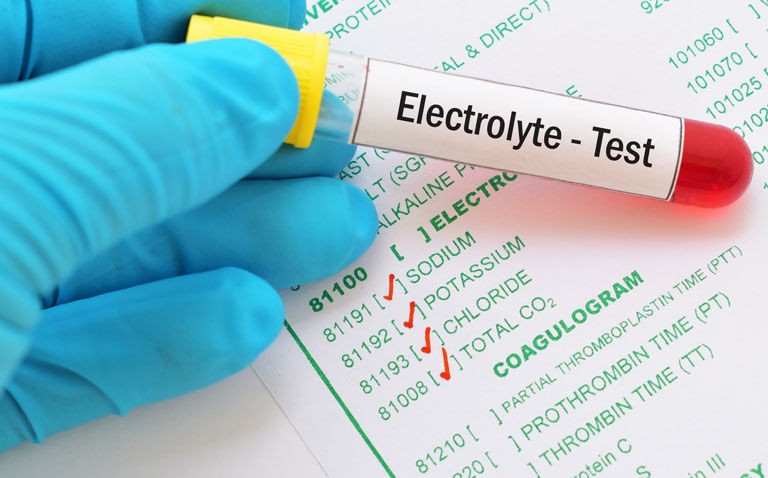Among patients with an acute exacerbation of COPD seen at ED, both dysnatraemia and dyskalaemia are common but unharmful clinical disorders
Both dysnatraemia and dyskalaemia, especially, hyponatraemia and hypokalaemia are common electrolyte disorders among emergency department patients with an acute exacerbation of chronic obstructive pulmonary disease (COPD). However, the presence of these disturbances do not negatively impact on outcomes such as re-admission, the need for intensive care treatment or mortality.
This was the conclusion of a study by a team from the Department of Internal and Emergency Medicine, Solothurn, Switzerland.
Electrolyte disorders often affect patients prescribed diuretics attending an emergency department (ED). For example, one study found that 4% of patients had hyponatraemia on admission, 12% hypernatraemia, 11% hypokalaemia and 4% hyperkalaemia.
Furthermore, the presence of dysnatraemia upon on admission to an intensive care unit, is an independent risk factors for poor prognosis. Equally, dyskalaemia has been found to occur in 1 of 11 ED patients and is associated with both inpatient admission and mortality.
Although dysnatraemia, in particular, hyponatraemia at discharge is associated with an increased risk of recurrence in hospitalised patients with pneumonia, much less is known about the effect of both dysnatraemia and dyskalemia in patients admitted to an ED with an acute exacerbation of COPD.
Consequently in the present study, the Swiss team retrospectively examined the prevalence and extent of both dysnatraemia and dyskalemia and the associated outcomes in patients visiting an ED with an acute exacerbation of COPD.
For the purposes of the study, baseline hyponatraemia and hypernatraemia were defined by a serum sodium level of below 135mmol/l and above 145mmol/L respectively. Similarly, hypokalaemia and hyperkalaemia were defined as < 3.5mmol/l and > 5mmol/l respectively. Additional clinical and demographic data were also collected from hospital charts.
For comparative purposes, similar data were collected for a sample of patients with community-acquired pneumonia. The outcomes of interest were intensive care unit (ICU) admission, the need for mechanical ventilation, length of hospital stay, 30- and 180-day re-admission rates and hospital mortality.
Dysnatraemia and dyskalemia and outcomes for those with acute COPD
A total of 19,846 consultations for which serum sodium and potassium levels were available were used in the analysis, of which 102 patients, with a mean age of 73 years (46.1% male), had an acute exacerbation of COPD. The mean baseline serum sodium and potassium levels were 137mmol/l and 4.0mmol/l respectively.
Overall, upon admission, 23% of patients had hyponatraemia and 5% hypernatraemia, whereas 16% and 4% had hypokalaemia and hyperkalaemia, respectively. Compared with those without COPD, hyponatraemia was significantly more common (p = 0.001) as was hypernatraemia (p < 0.001) although levels of dyskalaemia were non-significant.
In regression analysis neither dysnatraemia or dyskalaemia were significantly associated any of the outcomes of interest such as the need for ICU admission, invasive or non-invasive mechanical ventilation, re-admission or mortality.
The authors concluded that while dysnatraemia and dyskalaemia were commonly encountered in those presenting at an ED with acute exacerbations of COPD, neither disorder was associated with adverse outcomes.
Citation
Lindner G et al. Sodium and potassium disorders in patients with COPD exacerbation presenting to the emergency department BMC Emerg Med 2022










